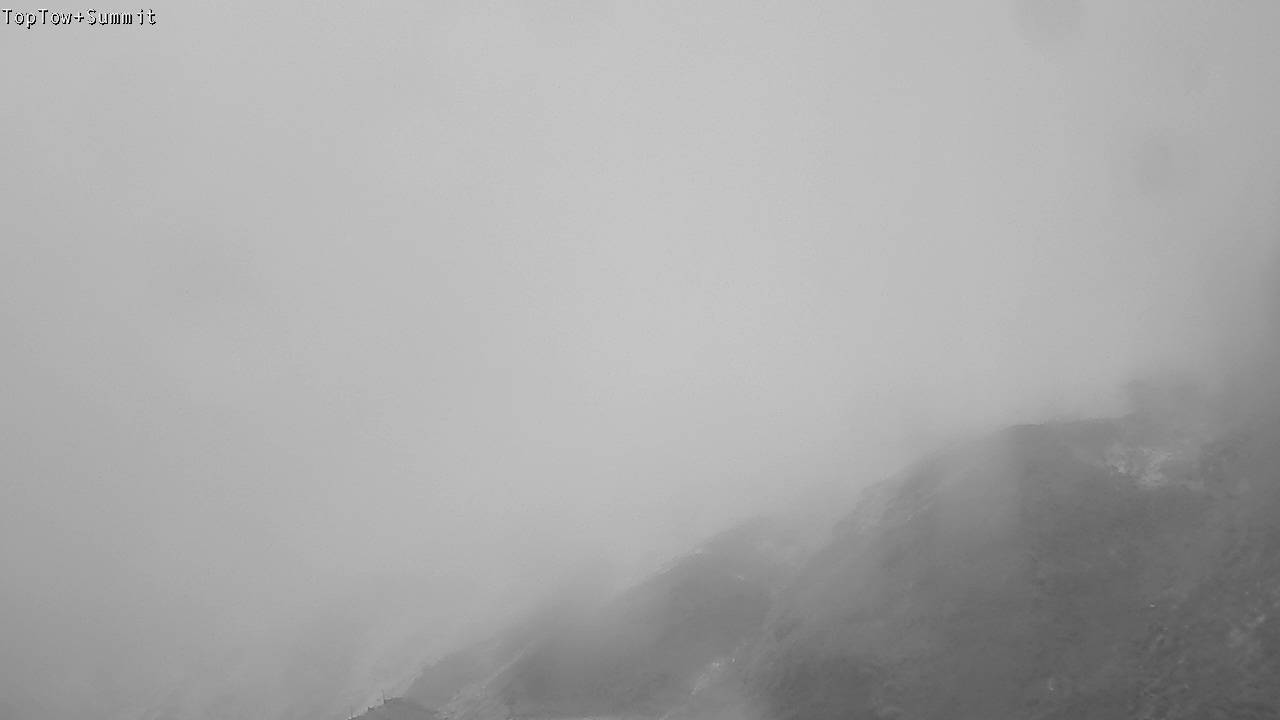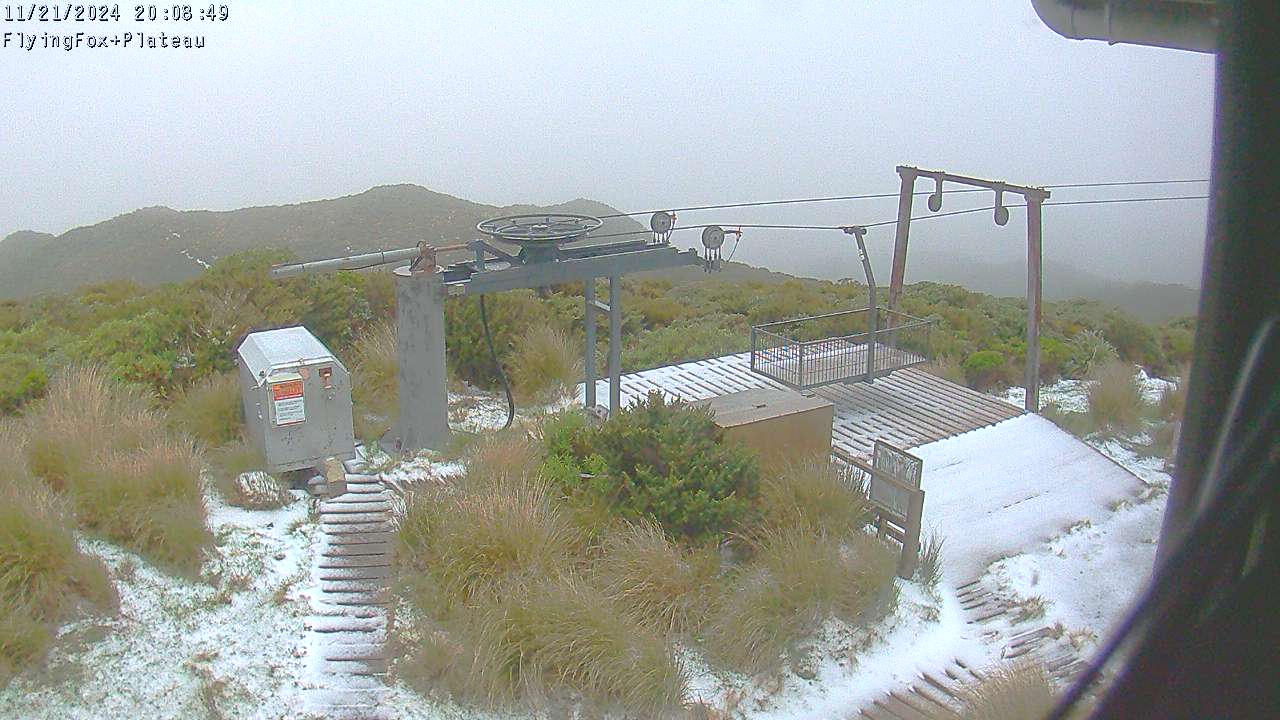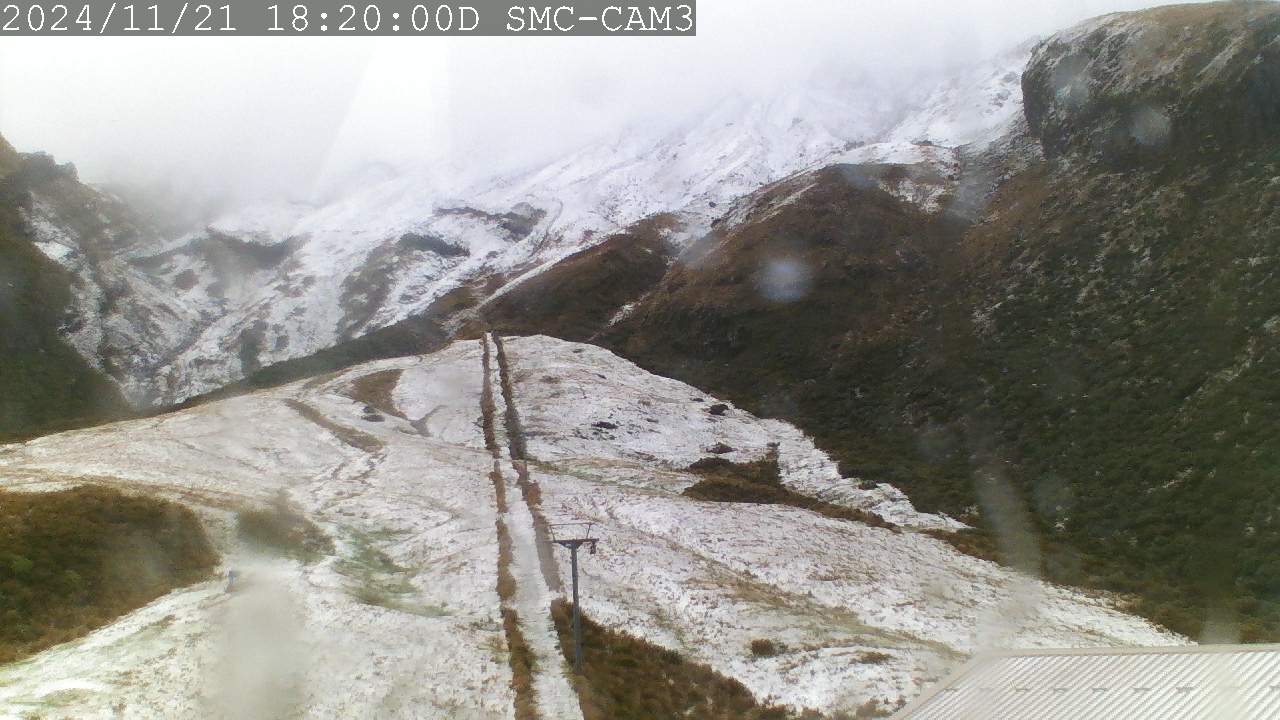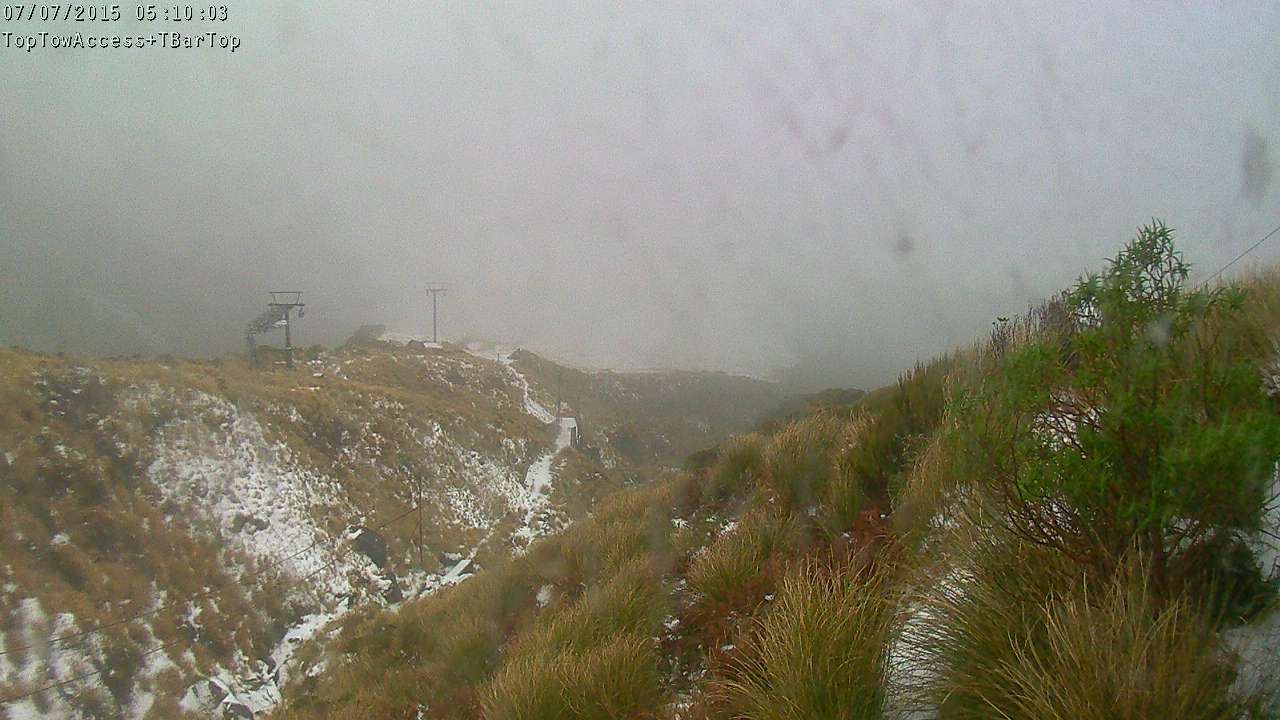Safety on Mt. Taranaki
haumaru ki runga i te Taranaki Maunga

Enjoy the National Park in a safe, controlled environment at Manganui Ski Area. Our trained and certified Snow Safety Services managed staff and volunteer staff work hard to ensure that safety comes first. Snowpack and weather observations, first aid, public safety and awareness are all part of their day.

Avalanche Advisory
See the NZ Mountain Safety Council Avalanche Advisory for the latest advisory for Mt. Taranaki.
The 'Backcountry Avalanche Advisory' is provided as a public service by the New Zealand Mountain Safety Council. It is intended as an advisory only.

A requirement of Manganui’s Ski Area Safety Plan, and also a requirement of the Dept of Conservation operating concession with SMC, is for SMC to provide an Avalanche Monitoring Program for the Ski Area and its access (the Manganui Gorge Track). Todd Cations-Velvin, current Snow Safety Services Coordinator and Level 2 accredited, oversees our Snow Safety Program.
An Avalanche Advisory, from avalanche.net.nz, is issued for the whole Mountain. SMC operates within the bounds of the Avalanche Advisory.
Manganui has 3 avalanche advisory signposts on the Round the Mountain Track that accesses the Ski Area. During the winter these will be updated as conditions change.

Manganui Ski Area will be closed if the Avalanche Advisory danger level is HIGH or EXTREME. It will remain closed until the danger level drops to CONSIDERABLE (or lower than Considerable).

The access track to Manganui Ski Area crosses “The Manganui Monster” avalanche gully at the head of the Manganui Gorge. It is not uncommon most seasons to have avalanche debris within the gully area, indicating regular avalanche activity in this Gorge. Visitors and the Public are strongly advised not to loiter in this area.
This danger scale is supplied here as a general reference only.
SMC have a MetService Weatherstation located at the mid-mountain Top Tow Shed (elevation 1400m). The weather data gathered from this helps with weather observations. Real time weather data from the weather station is displayed on our Snow Report page.
SKI AREA BOUNDARY
The SKI AREA BOUNDARY sign means that you are leaving the ski area boundary and there is no avalanche control.
CLOSED - AVALANCHE AREA
If you are going to leave the ski area boundary it is advised that you ask yourself these fundamental questions:
- Do we have knowledge of Avalanche terrain and phenomena?
- Do we have the necessary rescue and safety equipment and the skills to use them?
- Do we have a competent partner?
- Do we have a map/compass and skills to use it in all weather conditions?
- Did we get a weather forecast? (past and future)
- Are we prepared to do our own rescue?
- Have I talked to locals or the Snow Safety Staff about the area and conditions?
- If you cannot answer YES to all seven of these questions you should stay in the ski area boundary!
AVALANCHE SAFETY – Education is key, be prepared
- Know the snow conditions. Do not go out in suspect conditions.
- Learn route-finding and snowcraft techniques-learn how to read the conditions that indicate snow stability/instability.
- Carry a transceiver, shovel, and probe-these are the minimal safety requirements.
- Practice rescue procedures; take a course; train with experts.
- Prepare for the worst. An avalanche is a very real, very serious danger. Please educate yourself and take the proper precautions.
For information on avalanche safety, conditions and classes, contact: NZ Mountain Safety Council
If you do not have the knowledge or skills to go into the backcountry, it is highly recommended that you should take an Avalanche Course from a certified Avalanche Professional.
NZ Mountain Safety Council Avalanche Awareness course
If you are interested in learning more about Avalanche Awareness, try the NZ Mountain Safety Council Avalanche Awareness course. Offered subject to numbers, this course starts in the classroom and then moves out onto the mountain. Avalanche Awareness courses are for skiers, snowboarders and climbers, and provide a first step to gaining an appreciation of the avalanche phenomenon and what is needed to make decisions about personal safety when travelling in avalanche terrain.
The Avalanche Awareness course involves both a lecture and a field day and covers:
- Mountain weather
- Identification of avalanche terrain
- Basic route finding and decision making
- Companion rescue
- Safety equipment (including use of transceivers)
Avalanche Awareness Course costs vary throughout NZ.
SMC are keen to stage this course locally. So register your interest to make sure we can get one locally this season.
Know Before You Go Avalanche Safety
Know Before You Go is a free avalanche awareness program. Not much science, no warnings to stay out of the mountains, no formulas to memorize. In 1 hour, you will see the destructive power of avalanches, understand when and why they happen, and how you can have fun in the mountains and avoid avalanches.





